Ford has revived the Capri nameplate after a 38-year absence for a rakish, electric, saloon-shaped SUV with Focus ST levels of performance and nearly 400 miles of range.
Far removed from its low-slung, two-door 1970s namesake, the electric Capri is derived from the Ford Explorer crossover and will enter production alongside that car in Cologne, Germany, in the coming weeks.
Ford Europe design boss Amko Leenarts, who has led the Capri’s reinvention, indicated the project was on the table as far back as 2019. “Who would not want to bring back the Capri as a design?” he said, when asked about badging and which models from the past could be used to inspire his design team.
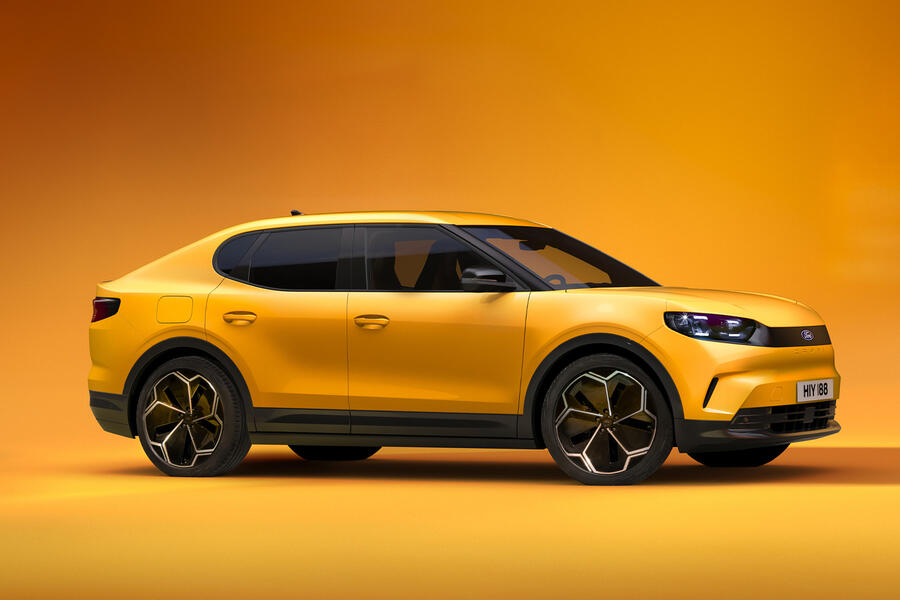
“We’d love it. But it’s got to be in the zeitgeist and has to fit [in with the wider line-up], not just exist as something for a designer to bring back an old car.”
Bringing back familiar nameplates is part of Ford’s strategy to leverage its storied past as a point of differentiation in the electric car era, when technical superiority is harder to achieve and the market is being turned on its head by the arrival of countless new EV start-ups from China and elsewhere.
Asked more recently how using names like Explorer and Mustang helps to carve a competitive edge in this context, Leenarts told Autocar: “The public loves that we’re bringing nameplates to new territories” because they tap into a “unique perspective that nobody else has”.
From a personal standpoint, he said he revels in “the tension between something that’s got the equity of an older name and the new interpretation”.
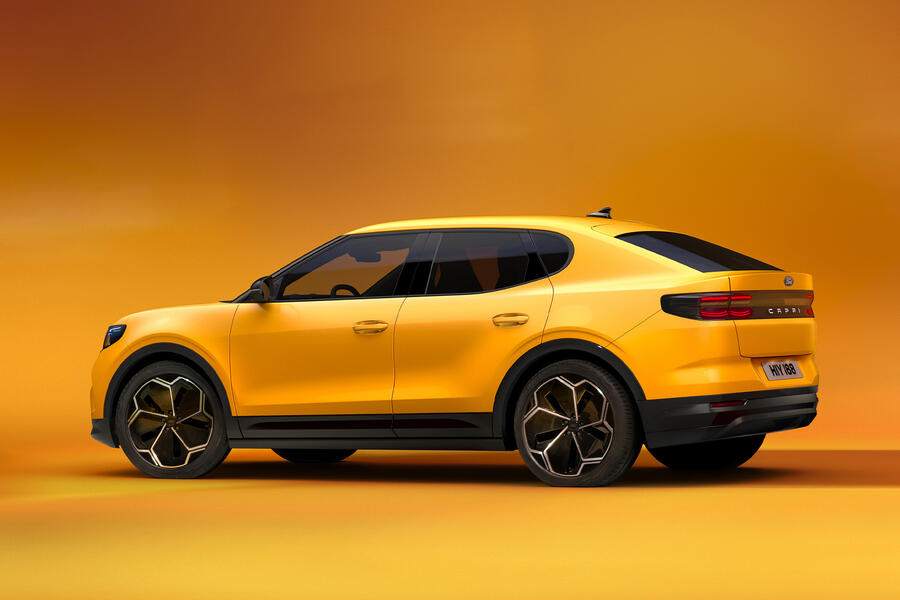

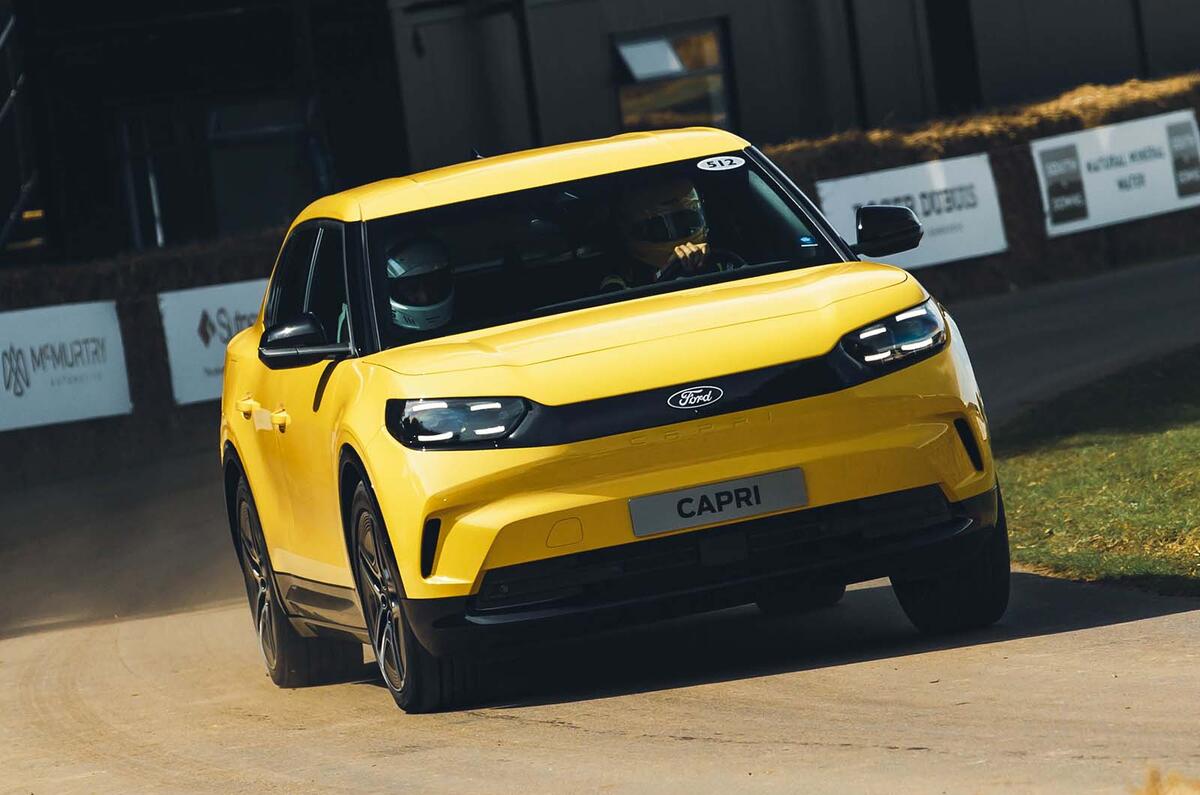
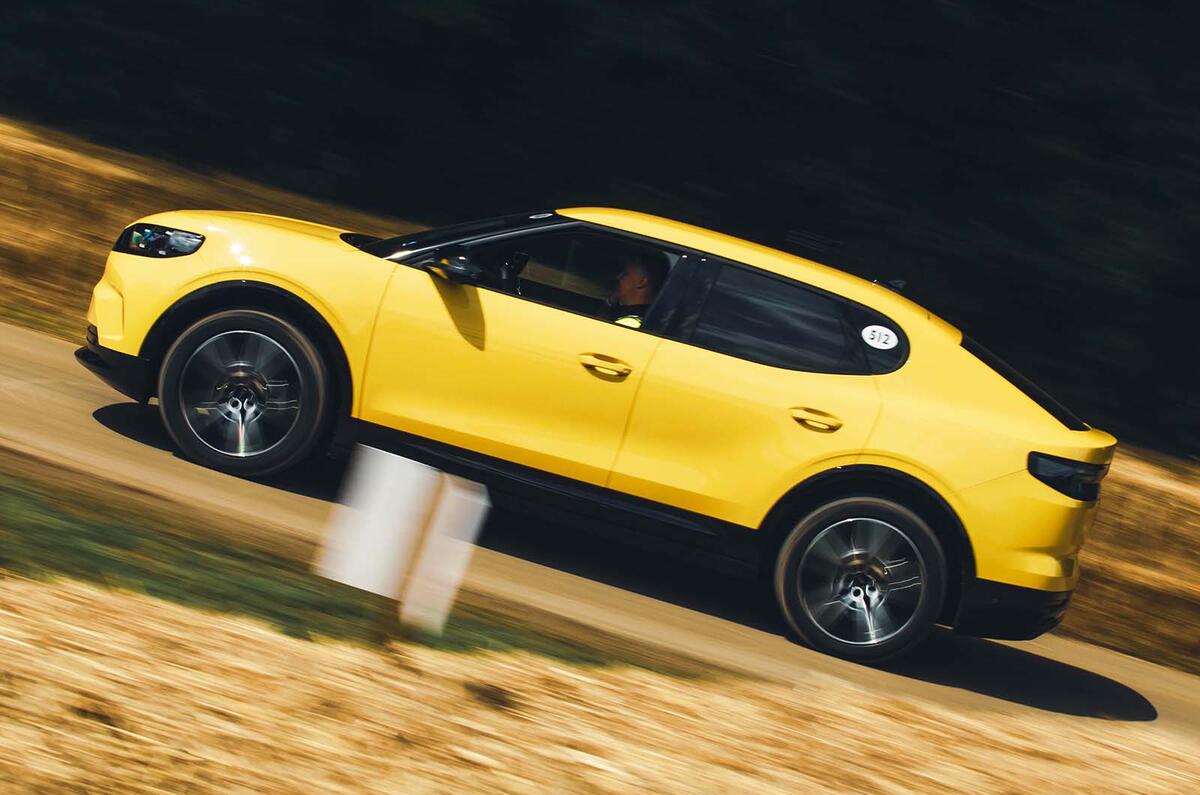


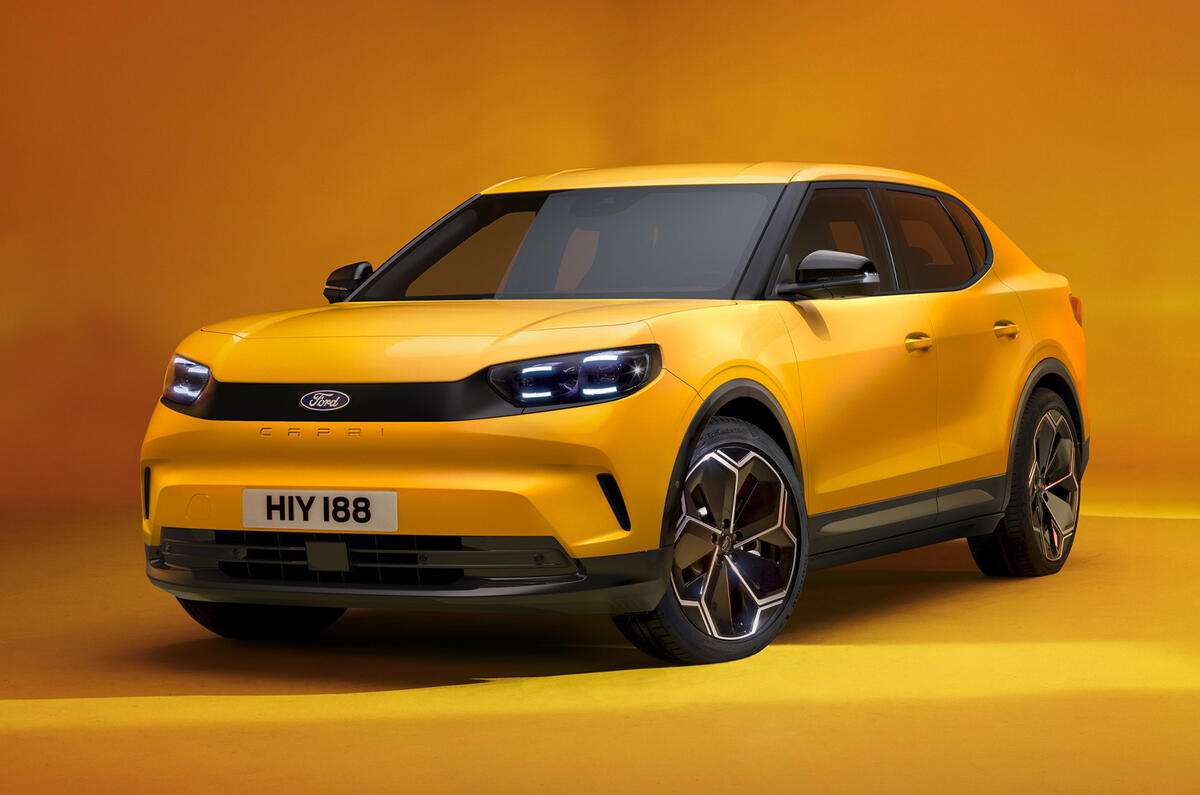
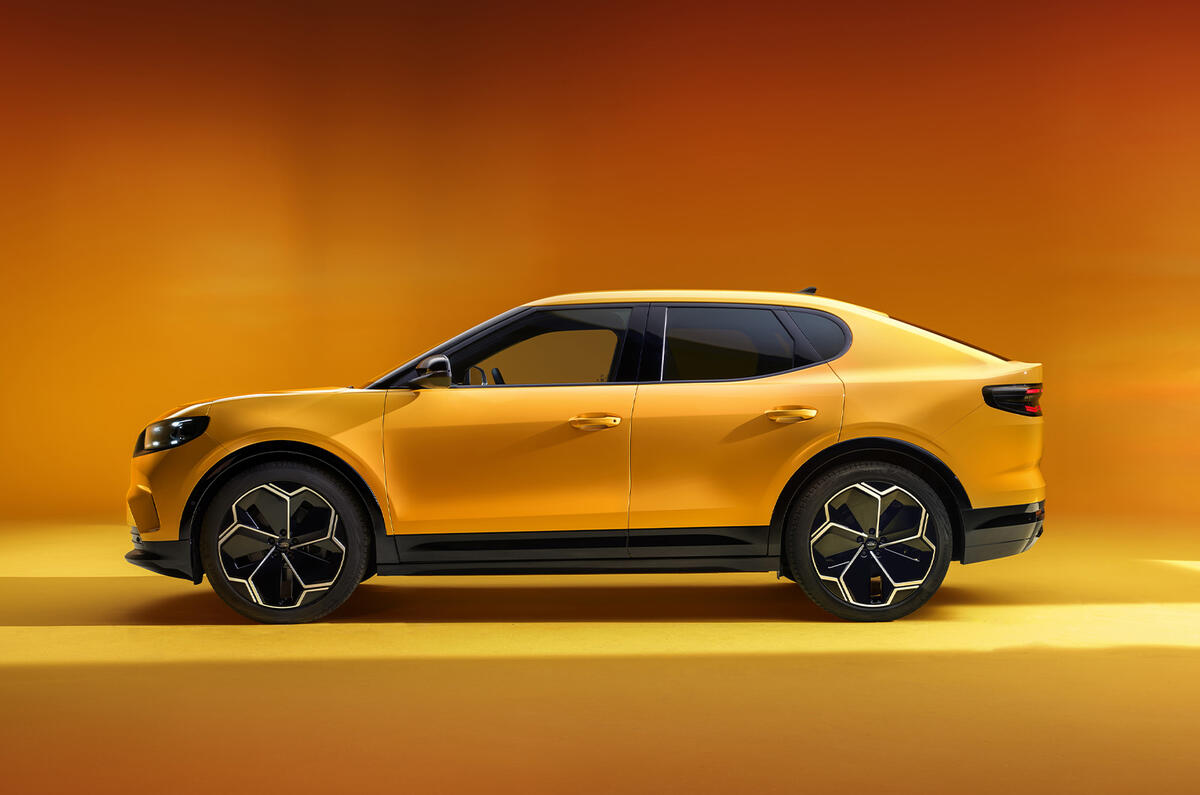
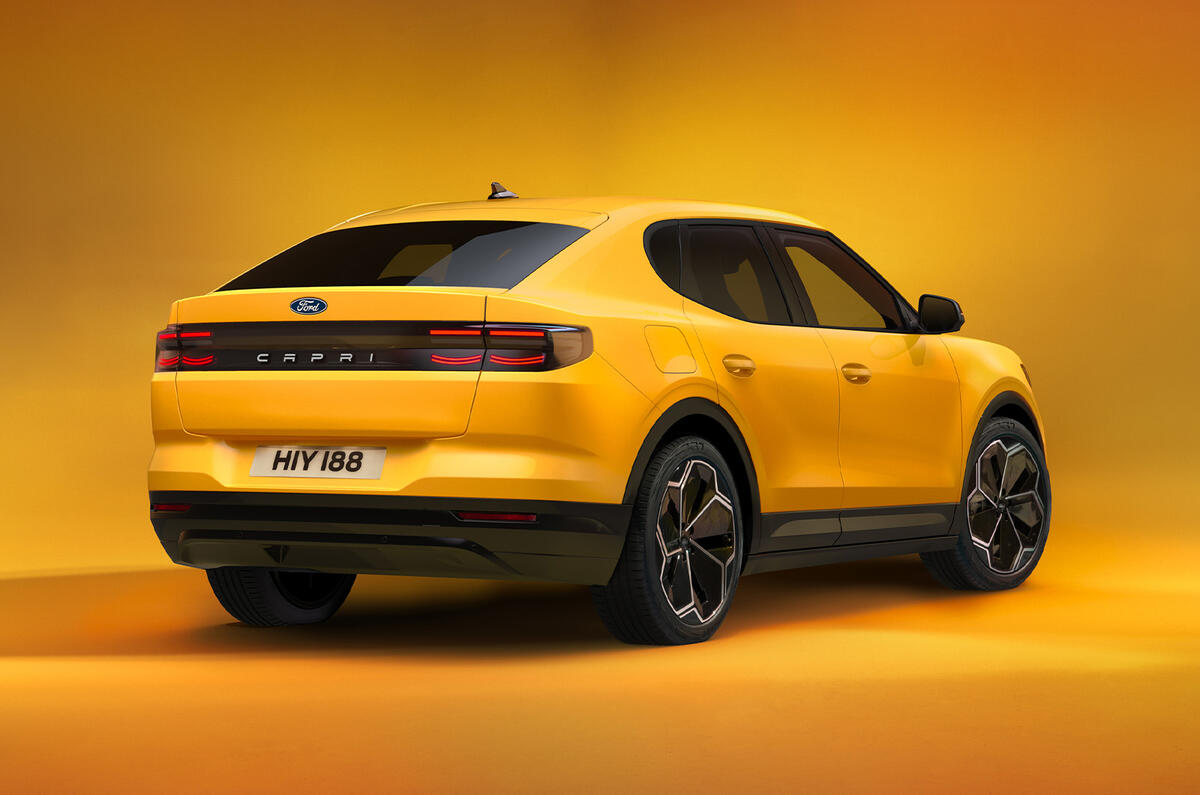

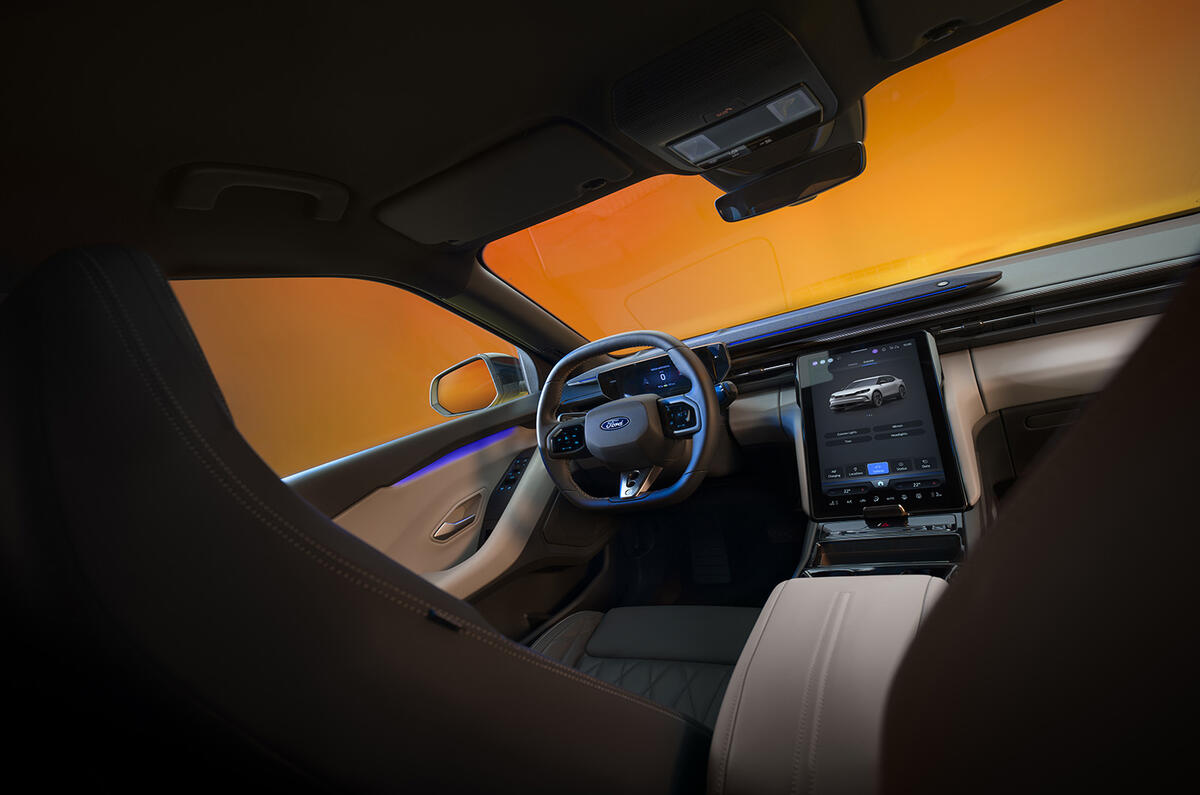
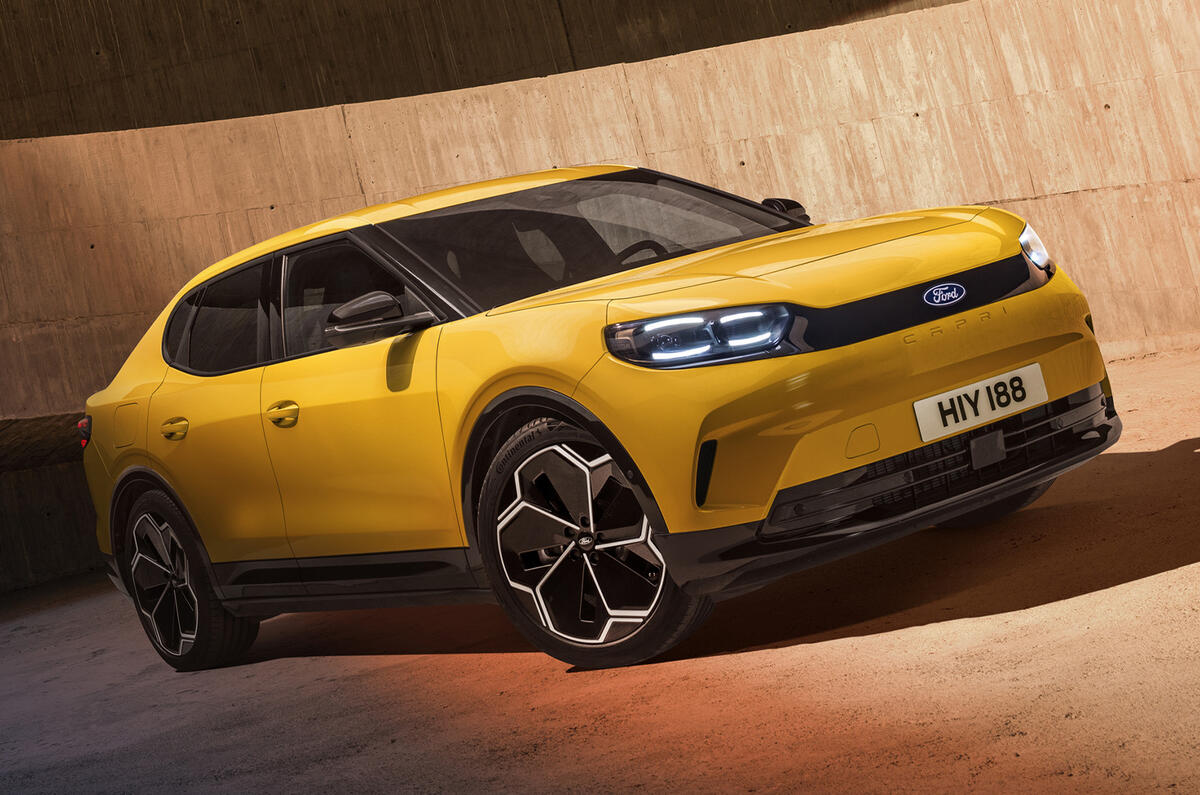
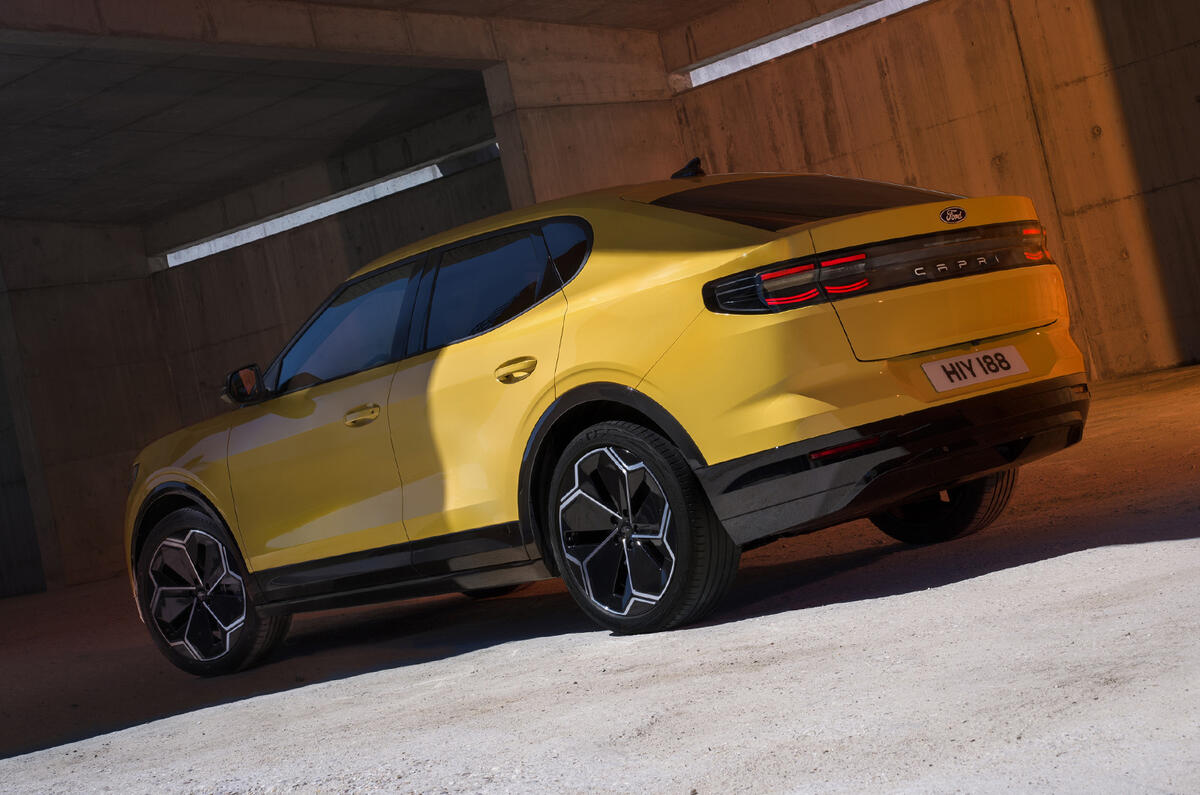
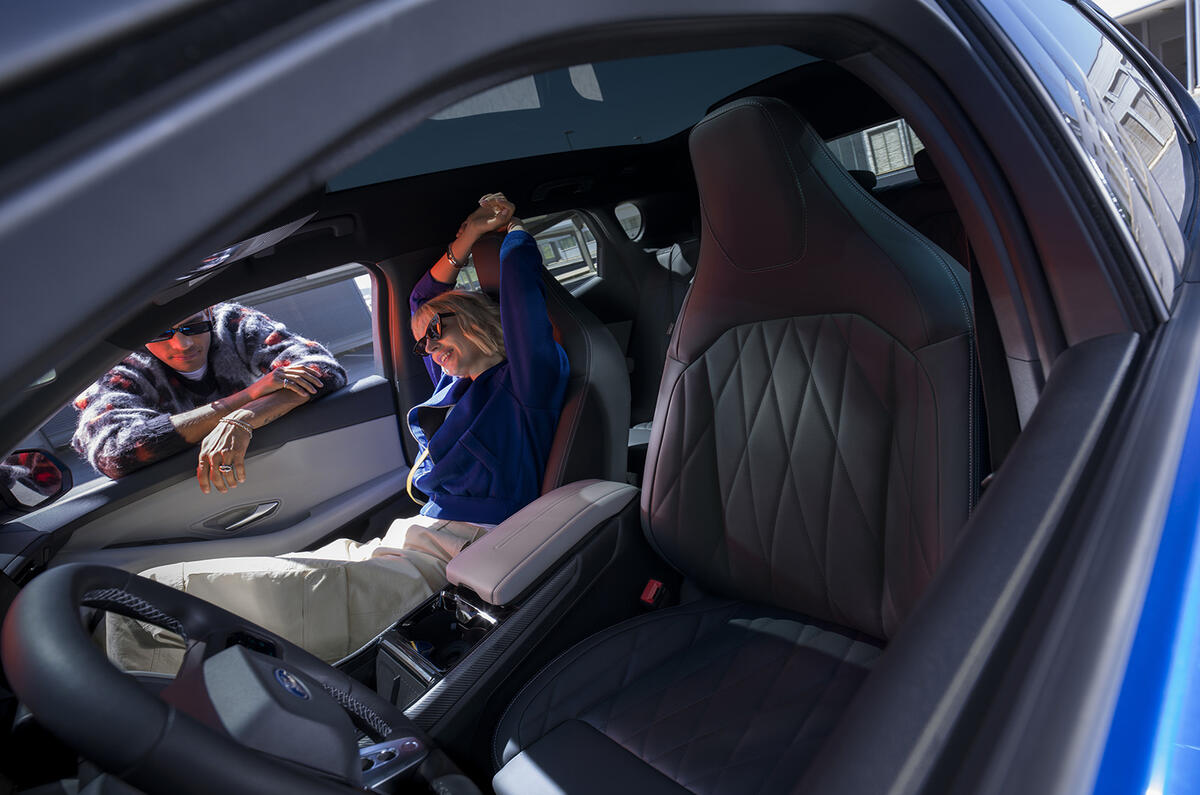
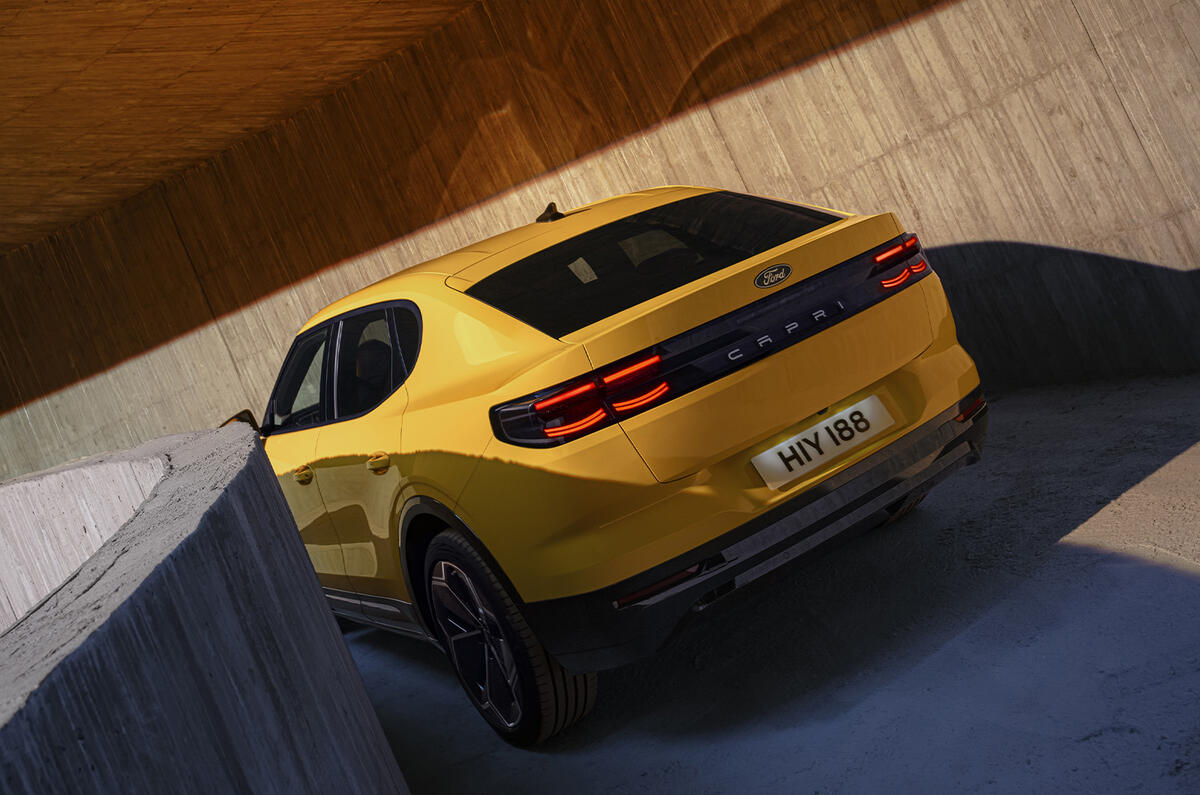


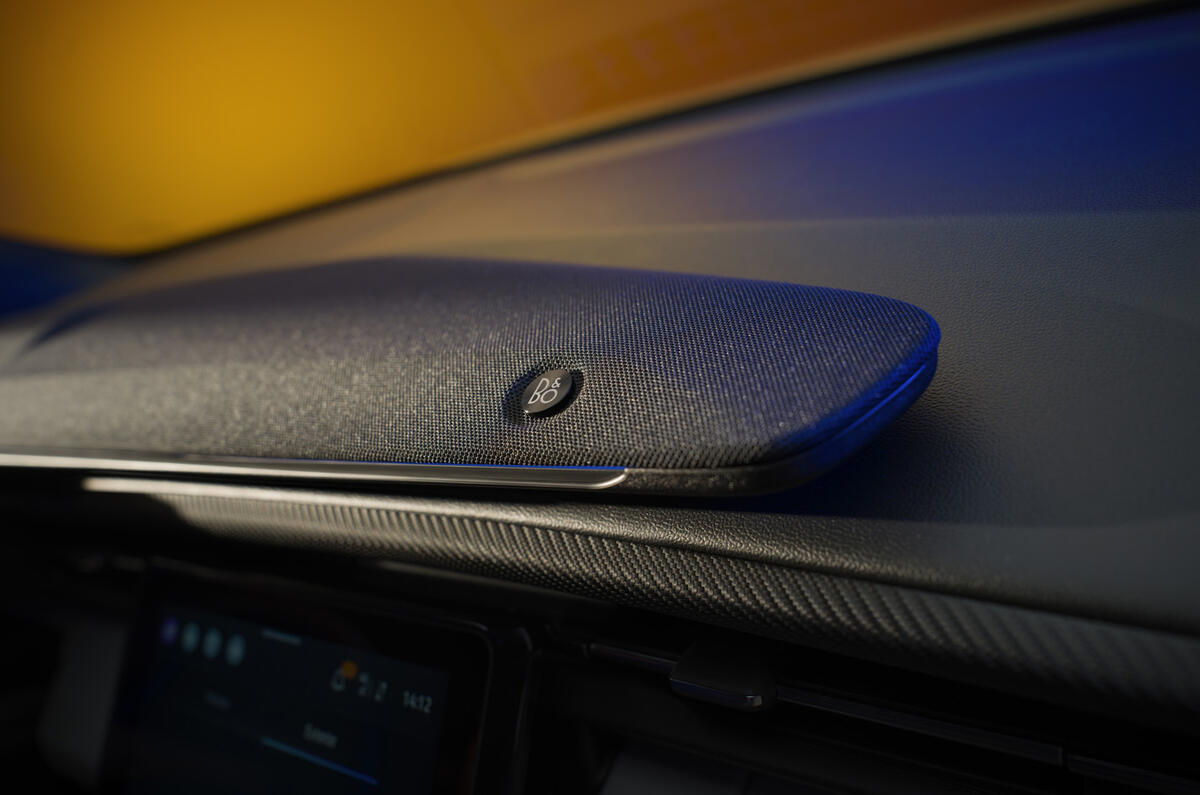

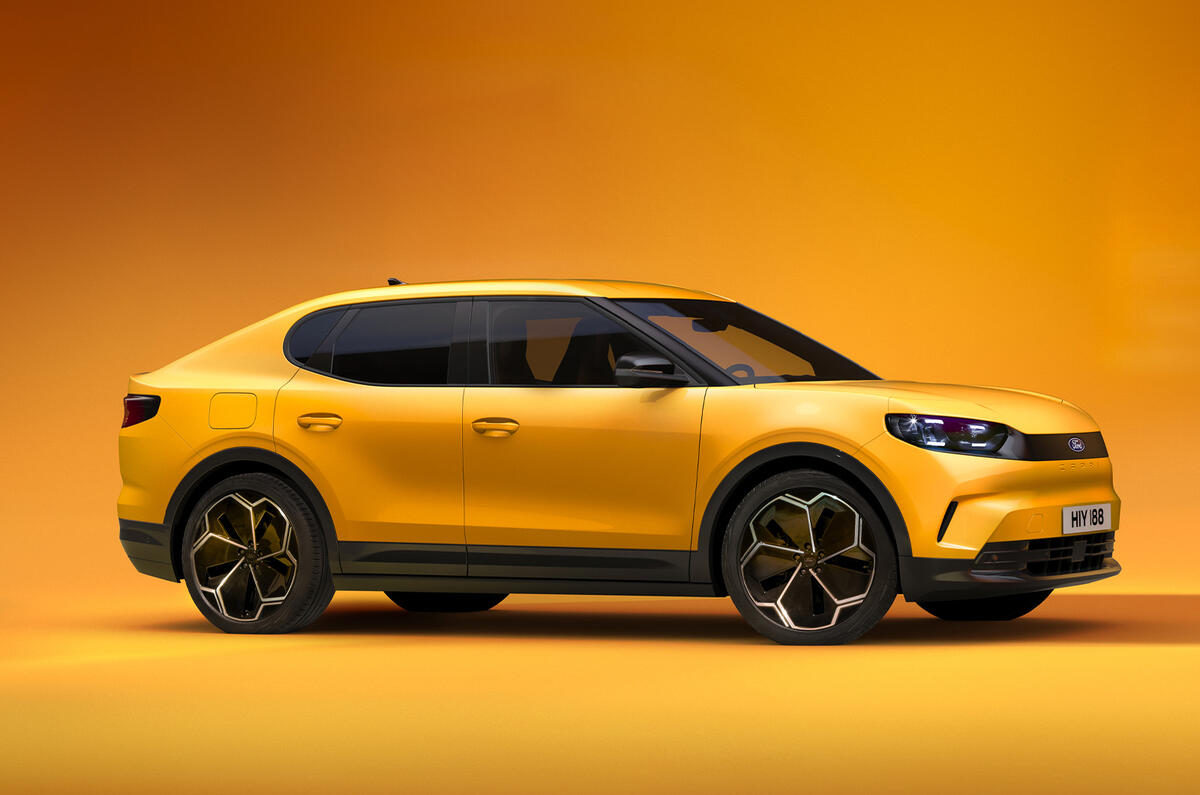
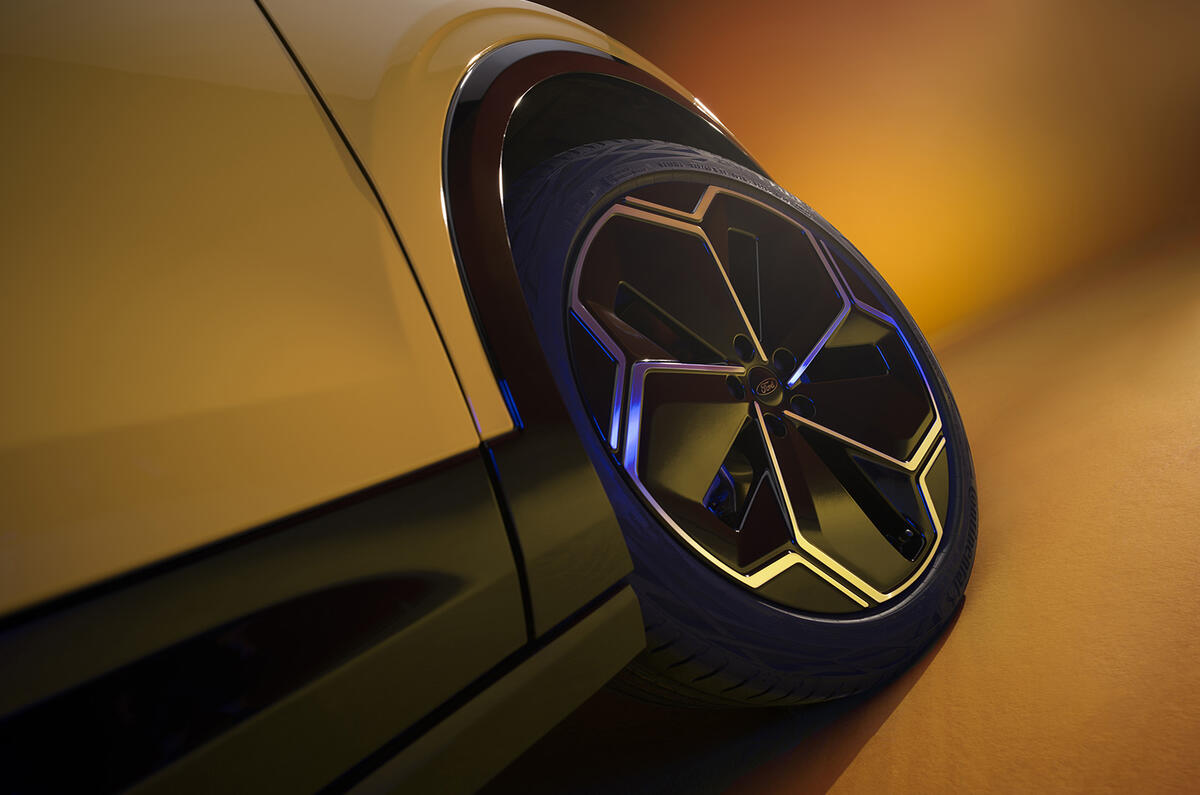
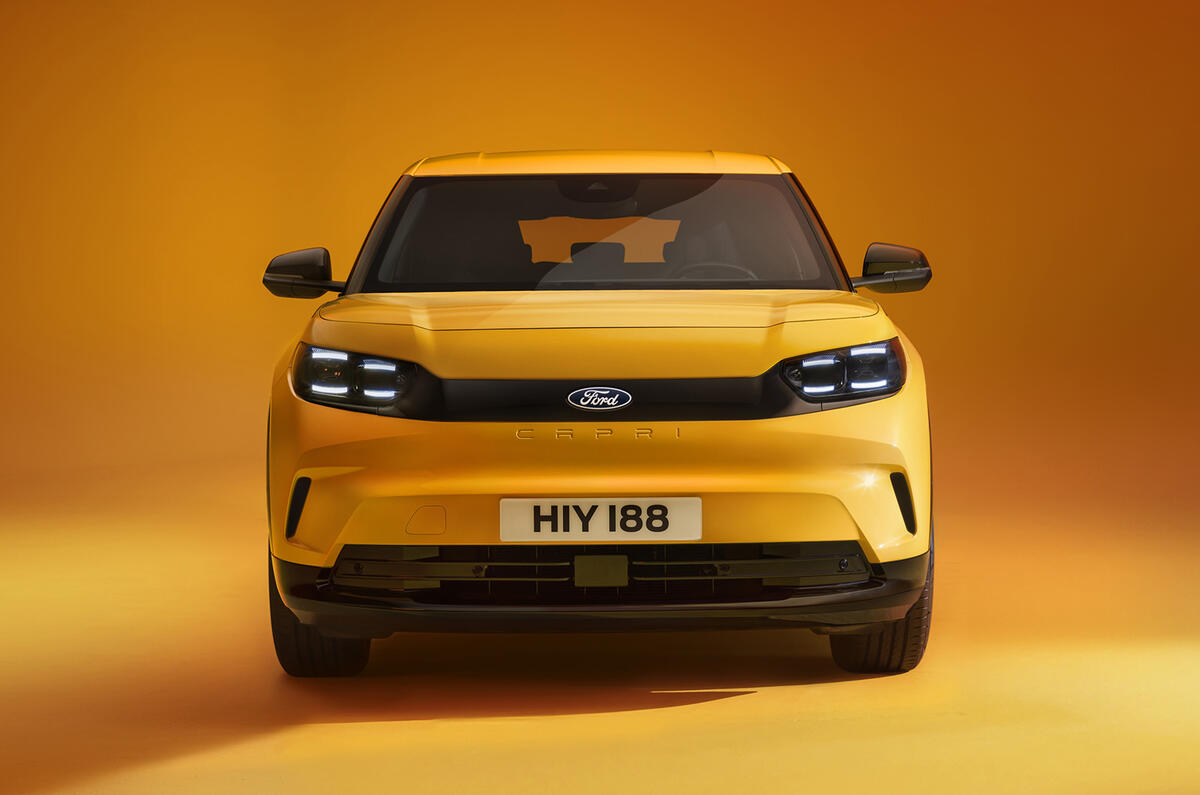

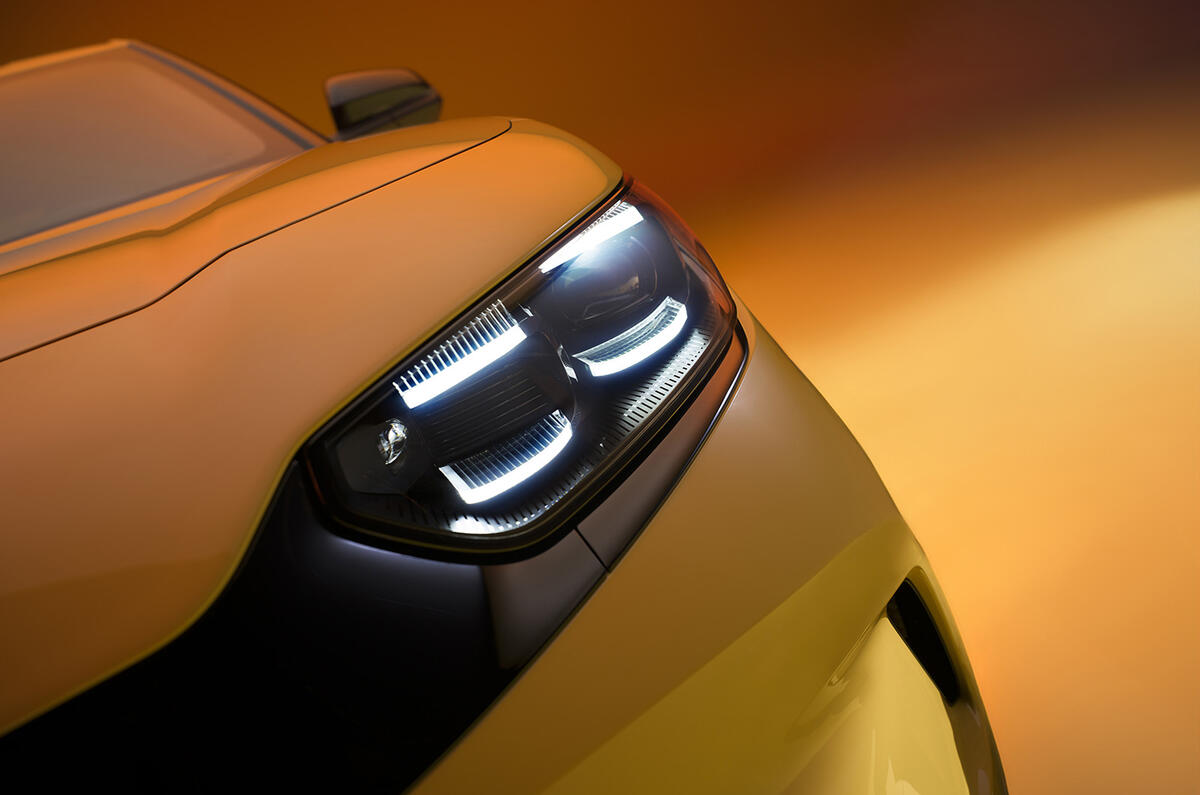

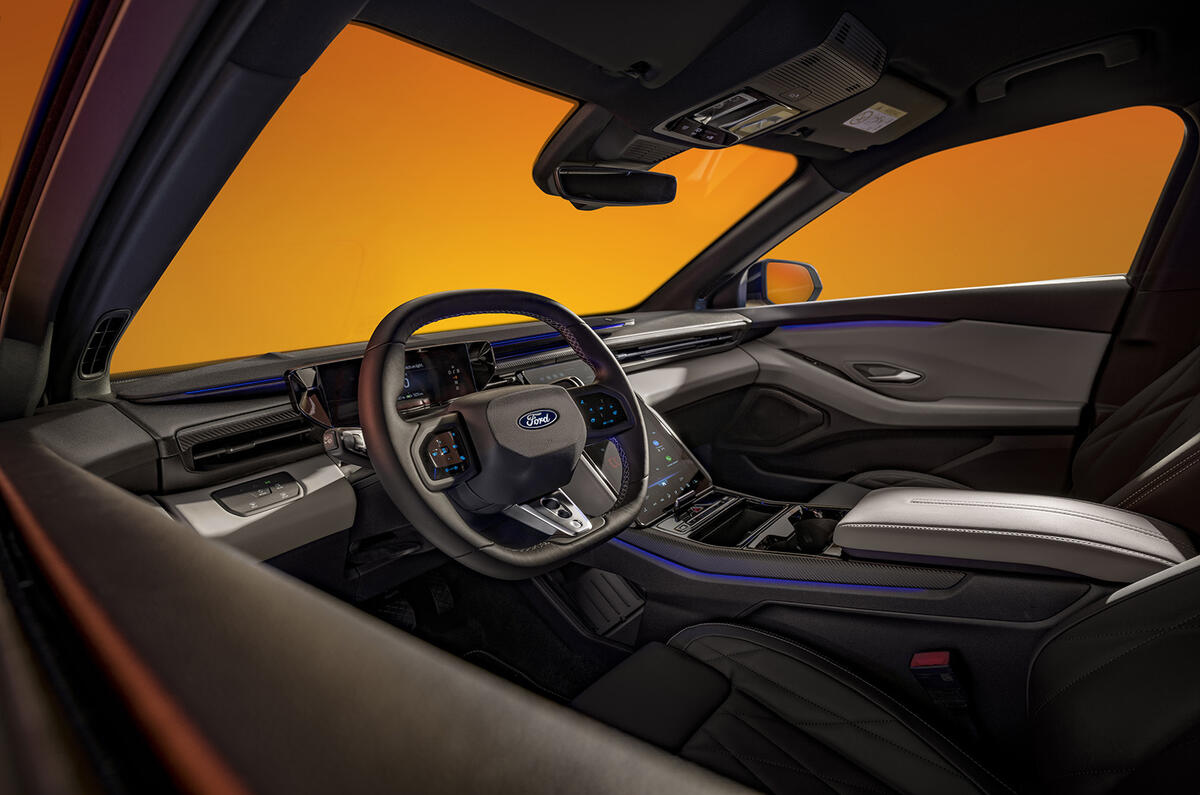
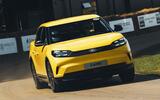
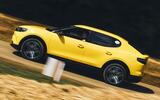
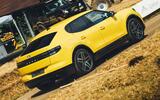
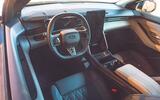
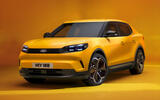

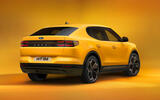
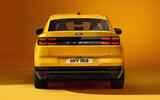
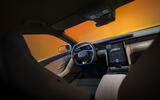





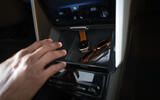
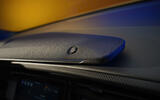

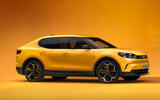

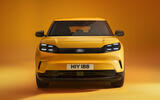

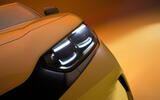
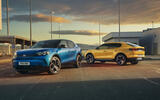
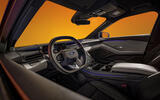


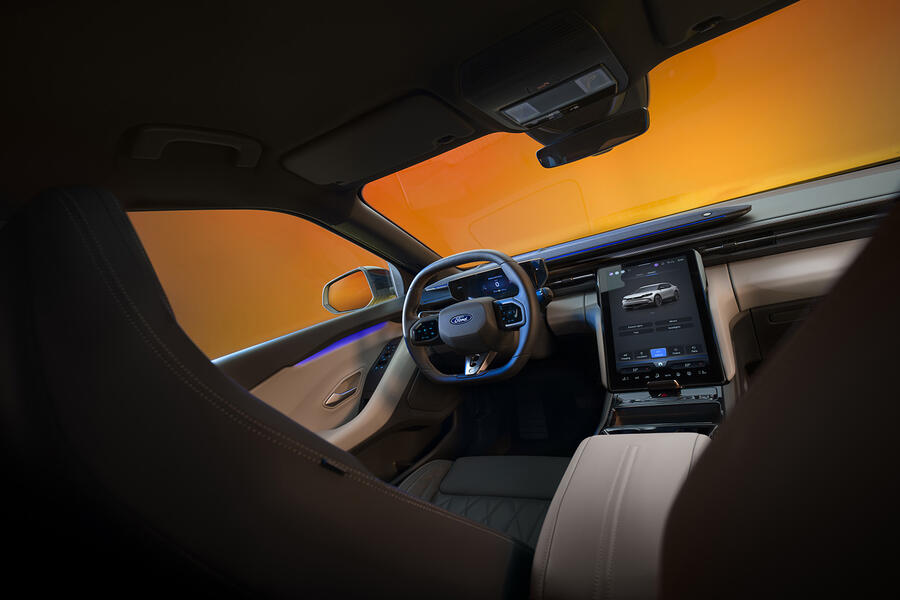





Join the debate
Add your comment
wow, hideous, is nothing sacred. As if having to look at those awful Ford Puma crossover things is not enough now we have the vomit version of the capri. Ugh
As a polestar2 owner I can see some of the design has been copied but not the proportions or details which look just as Mr blobby as the ID cars it's based on must be a prerequisite of this platform to look top heavy and overwieght. What are car companies all about this isn't a coupe my 2 is a 5 door hatch that is slightly raised not a fast back or an SUV. As for yellow if it doesn't sell well they could team up with the kids drink firm and you have the capri sun edition lol